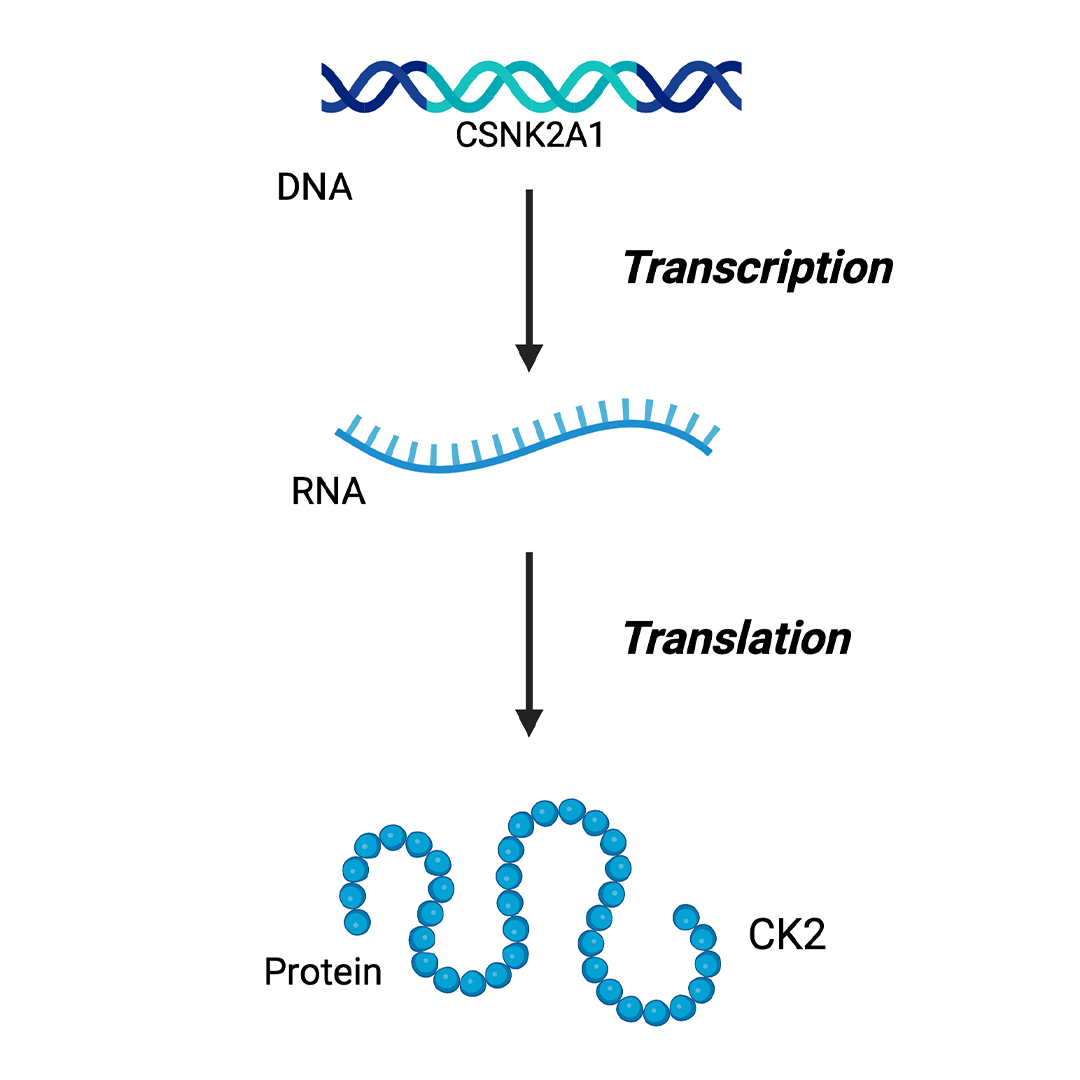Author: Tierney Baum, PhD, Strategic R&D Consultant
Editor: Gabrielle Rushing, PhD, Chief Scientific Officer
DNA is often referred to as the building block of life, but what does that really mean? Think of it as a set of instructions, like a blueprint or recipe, that shapes who we are. It is what makes humans different from other animals and what makes each person unique, from the color of our eyes to the way our bodies work. In this Science Snapshot we will explore how DNA is capable of making us, us!
What is Deoxyribonucleic Acid (DNA)?
All living organisms, from bacteria to humans, contain genetic information in the form of DNA. DNA is a set of instructions written with an alphabet of four ‘letters’ called
nucleotide bases. These letters form a code that acts as a template which gets read out by the cells in our bodies.
Because organisms are complex, we require a lot of instructions to form and run our bodies. Different regions of the DNA code are known as
genes. Genes are arranged one after another at specific locations on a strand of DNA; long strands of DNA containing our genes are tightly compacted into structures called
chromosomes. Chromosomes are housed in a compartment in the cell called the
nucleus; almost every cell in the body has its own nucleus with an entire copy of your DNA sequence.
Human beings all have the same DNA template (or
genome); however, the specific sequence differs between individuals. You can think of this like houses - every house has most of the same components (a living room, bathroom, kitchen, etc.), however, the specifics of how each house is composed differ. The same is true for humans – for example, every person has genes for hair, but versions of those genes will change depending on brown vs. blonde or curly vs. straight hair. These versions of genes give us our characteristics that are passed down through generations.
Infographic
Text Infographic:
Cell > Nucleus > Chromosome > DNA Strand > Gene
The Central Dogma: DNA -> RNA -> Protein
DNA (cookbook): Stores all the genetic information, like a cookbook holds all the recipes. However, in the case of DNA, the ‘cookbook’ cannot be ‘checked out’ or moved.
RNA (recipe): RNA is transcribed from DNA and acts like a movable template for making proteins. RNA can be transported to the site of protein synthesis outside of the nucleus. If DNA is comparable to a cookbook, then RNA would be like a disposable photocopy of a specific recipe from that book that can be moved.
Protein (finished dish): The final product is a protein, which is translated from RNA. You can think of a protein being made from RNA like the final dish that is made by following the instructions on the recipe.
Like the steps on a recipe, the RNA dictates the specific order of amino acids that should be assembled into a protein. One RNA molecule can be used repeatedly to create multiple proteins. In this way a large amount of protein can be made from a gene when necessary.
What are proteins?
Proteins are the main ‘workers’ in our cells, serving many functions. Proteins act as structural components in cells, cause reactions, regulate the immune system, form the major component of muscles, serve as neurotransmitters and hormones, and have many other roles. Every aspect of our physiology involves proteins. Proteins are made up of amino acids; there are 20 different amino acids, and our bodies can make some of them but others, called ‘essential amino acids’, must come from our diet.
In a restaurant some recipes are ordered more frequently than others; expression of genes is the same depending on how often a specific protein is needed. In this way the cell can make large quantities of some proteins and little of others. In summary, here is a quote from the Genomics 101 Podcast1: “while we can think of DNA as the instruction manual for the body that contains all of our genetic code, RNA is the reader of this instruction manual, and it helps the cell to carry out these instructions, so the proteins can be made”.
To learn more about protein synthesis and the central dogma, visit this YouTube video:
https://www.youtube.com/watch?v=ubdoUqmNF98


